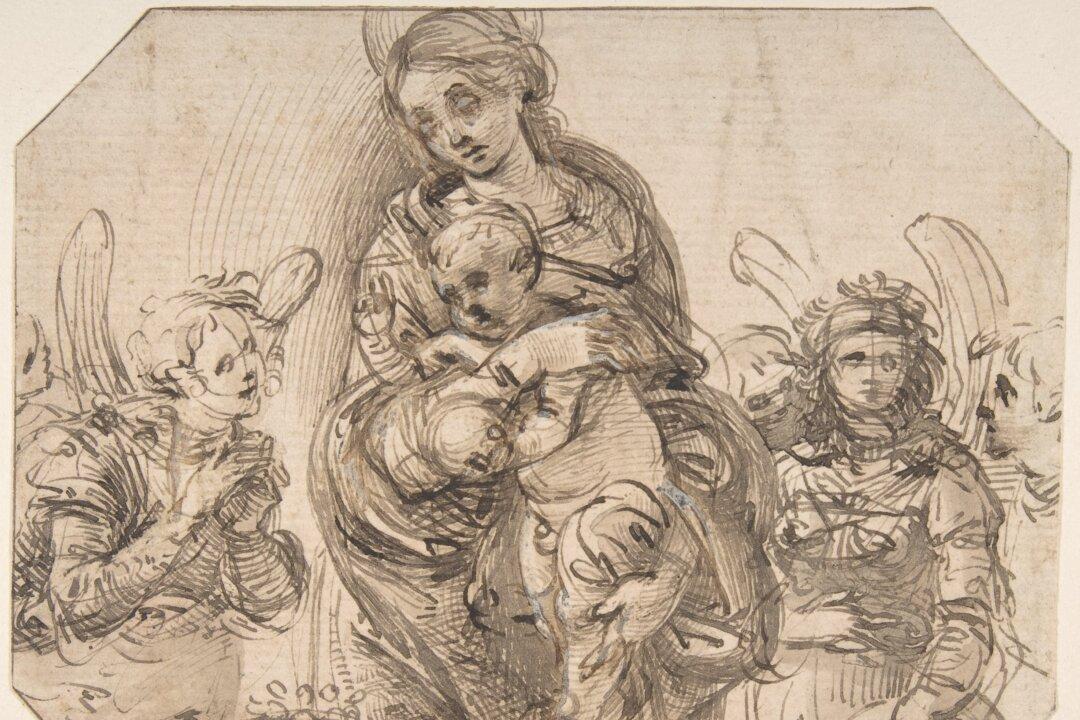Simplistic and paradoxically expressive, drawings and the merits of the craft have begun to be showcased in many art institutions around the world. From the recent exhibit “Michelangelo: Divine Draftsman and Designer” at The Metropolitan Museum of Art in New York to the upcoming UK tour of Leonardo DaVinci’s drawings starting in February of 2019, these exhibitions serve to highlight the importance of drawing in the art world and its usefulness to artists in developing their craft.
In the span of two centuries, from 1420 to 1640, drawing developed to its zenith in terms of an independent art form that was able to convey the imagination in new ways. The doodles, sketches, and drafts of the period give us an insight into the minds of the working artists as they used the medium to lay plans, scribble thumbnails for large canvases, or study the designs of nature and the human figure.





